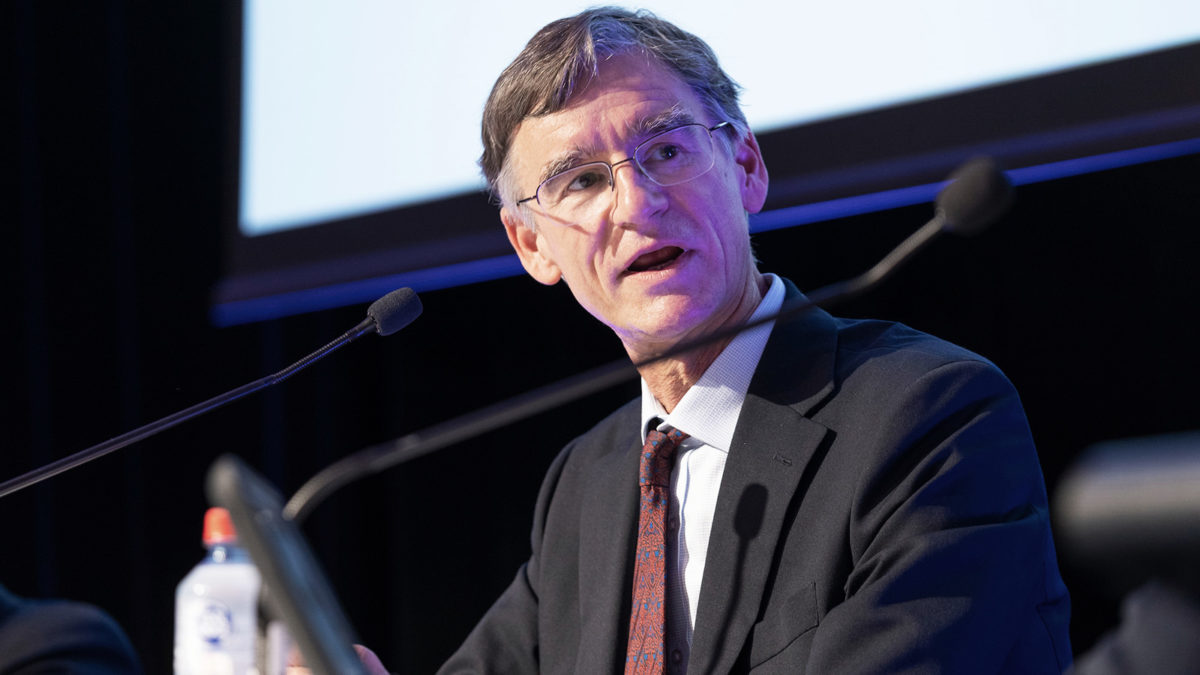ASFA’s new chief: Associations vital for funds ‘drinking from a firehose of reform’
In a more concentrated superannuation industry, the question being asked is whether all the associations that represent it – and that number has already thinned significantly – are still needed.
But Mary Delahunty, the new head of the Association of Superannuation Funds of Australia (ASFA), says that the super system “is not static” and organisations like ASFA are needed for a diverse member base still “drinking from a firehose of reform”.
“What ASFA does is quite different from any other organisation that might be a subset of superannuation sector,” Delahunty, who was previously head of impact and general manager for business development at HESTA, and ran the consultancy Seven Advisory, tells ISN.
“But we work collaboratively with all those other members – we’ve got a really good relationship with the Council of Australian Life Insurers, for example, and we see there’s a lot of dovetailing needed when it comes to policy and advocacy on insurance, especially group insurance. We’ve got a great model for that, and we’ve also got a diversity of membership that gives us a unique spot to be in the sector.”
“There are natural challenges to the models of industry associations, but we run pretty lean at ASFA. I wouldn’t classify it as a turnaround, but we do intend to be a really nimble operation.”
ASFA CEO Mary Delahunty
Still, ASFA is subject to the same pressures that eventually forced the Australian Institute of Superannuation Trustees (AIST) into a merger with Industry Super Australia (ISA). Big super funds are getting selective about the associations they belong to, if they belong to any, and both CFS and Insignia have upped sticks in the last year.
“We’re still very placed,” Delahunty says. “Over the last 62 years we’ve had a number of different iterations of the membership base. I’m not sure where we’ll take this but I do want to further conversations with those funds about whether or not they want to come back in. My focus is to provide value to members and provide the sector and I think we can do that. We’re going to be led by the work.”
Under Pressure
While the vagaries of politics and regulation in large part forced the AIST/ISA merger, the organisation had been in poor financial health for several years, and while ASFA has previously benefitted from government programs like JobKeeper, it’s facing into some of the same problems.
But with the disappearance of the AIST – and some of its education activities being curtailed by the Super Members Council (SMC), its successor organisation – there’s “a lot of opportunity” for ASFA in the education space. Delahunty says she’ll also refocus on policy and lobbying, citing the “deep experience” of ASFA’s policy teams, as well as events, which have typically been a money-spinner for the associations.
“We’ve got a broad range of business activities and if we focus on the quality of those and the end member – who we’re actually servicing – we’ll do very well,” Delahunty says. “There are natural challenges to the models of industry associations, but we run pretty lean at ASFA. I wouldn’t classify it as a turnaround, but we do intend to be a really nimble operation – and we’re non-profit, obviously – but that means we can keep as tight a control on the finances as we need to be to do these jobs and be successful.”
Delahunty is hoping that the SMC won’t sit too far away from ASFA, and believes that the operational knowledge of the service providers that make up a significant chunk of its membership base – including fund managers, administrators and custodians – will come in useful.
“(The SMC) is going to be a really critical voice, especially in the provision of capital. In order to provide value to members, we will look for collaboration, not duplication. It might take us a few months to get into an operating rhythm, just as we have with some of the other industry associations that are in and around superannuation. But I’m quite convinced we will get there.”
But even as the superannuation industry matures and moves beyond the simple retail/industry designation that has marked much of its history, there still exists a significant ideological divide between even some of ASFA’s own members that has largely been counter-productive for shaping retirement policy in Australia. But there’s an “overarching principal” that’s bigger than the way funds choose to do business, Delahunty says.
“That is that they want to serve their members. That’s where you find common ground between retail, industry, corporate and public sector funds – that element of service. We propose to constantly come back to that principle and find that common ground quite a lot. That’s where I think we’ve been successful in prosecuting change and reform in the past, and I don’t see any reason why that would change now.”










